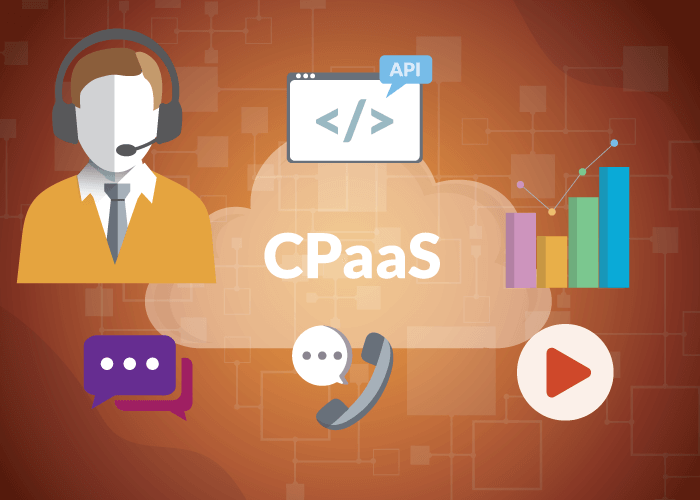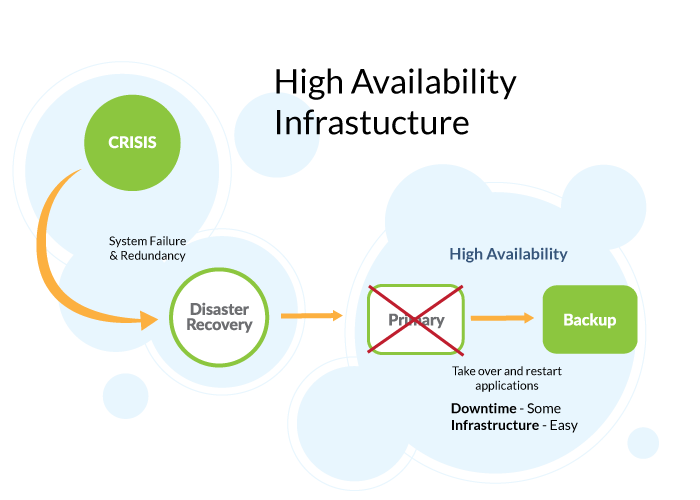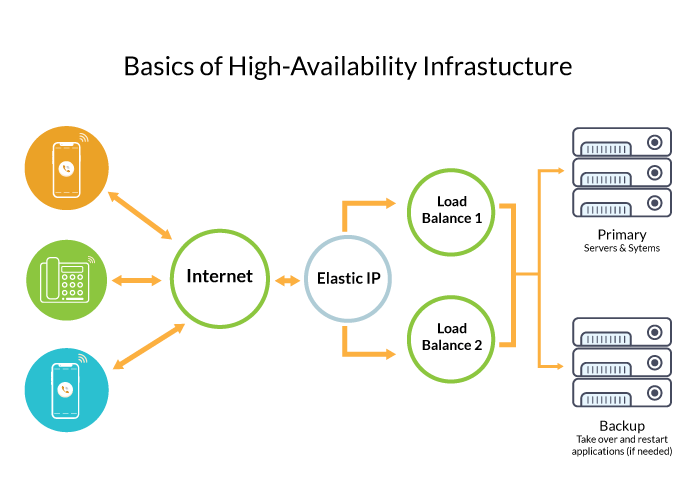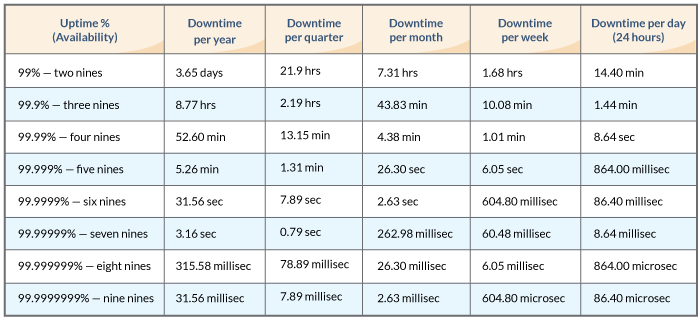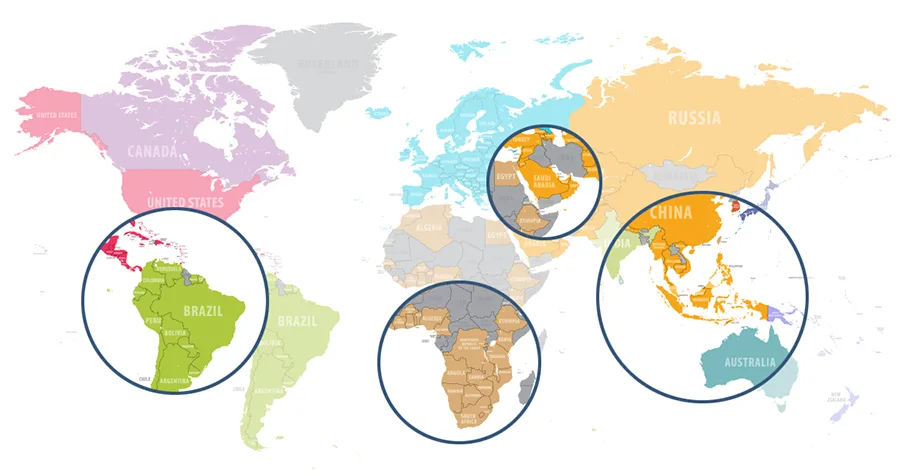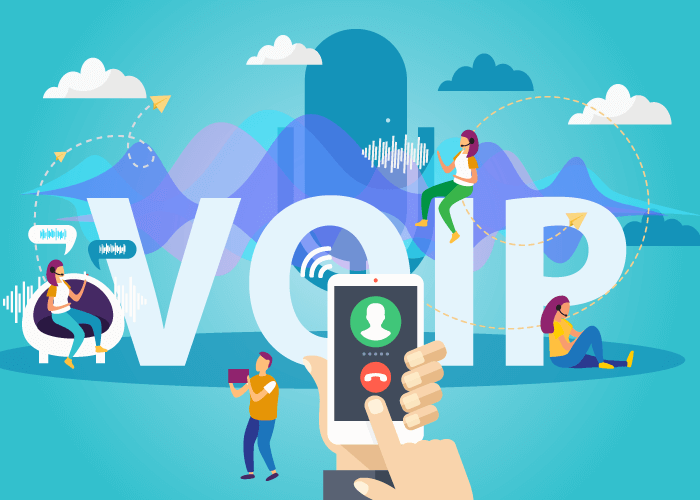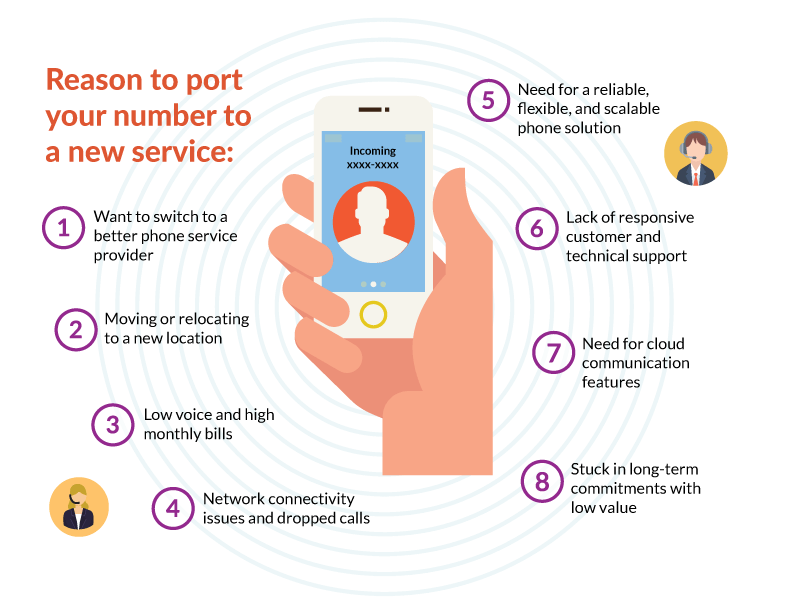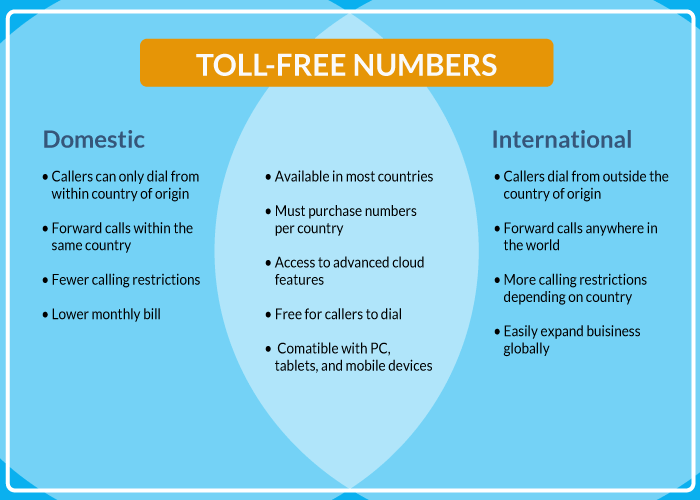An effective call flow creates a domino effect for your business. Your caller’s experience and satisfaction, first call resolution rates, and distribution methods all improve. Meanwhile, your hold times, abandonment rates, and missed calls decrease.
But, how do you achieve an effective call management system? Enter: call groups.
Understanding Call Groups and How They Work
A call group is a management feature that routes incoming calls to a specific “group” of phone lines based on your preset rules.
This is also referred to as a ring group. You can configure this feature to include particular agents, departments, or multiple teams.
So, how does this feature work? Call groups typically trigger when callers dial a specific number or select a particular IVR menu option. Group members receive inbound calls based on the ringing strategy you set up (more on that later).
If no one is available or the call goes unanswered, you can direct the call from there. Possible end destinations include your voicemail, a backup team, or even rerouting back to your IVR menu.
Call Groups vs. Hunt Groups
The term “hunt group” also comes up when talking about ring and call groups. However, this strategy differs from the others as it “hunts” for an available agent by ringing lines one after another.
On the other hand, ring and call groups offer multiple ringing strategies. So, you can customize it to fit your team’s needs.
Why Are Call Groups Important to Your Business?
Call groups streamline your business phone system by effectively distributing incoming calls across your teams. So, your customers get support faster and reach the agent most qualified to help them – even during a call volume surge. Additionally, your employees experience a balanced workload and equal opportunity at high-quality leads. And that’s not all!
Let’s look at 9 major benefits of using ring groups:
- Reduce call abandonment rates
- Better call distribution and even workload among agents
- Lower hold times
- Eliminate the chance of missed calls
- Improve call management, especially for high call volumes
- Enhance customer satisfaction
- Increase first call resolution rates
- Ensure calls are prioritized equally
- Boost employee productivity
Call Group Ringing Strategies
Ringing strategies determine the order in which call group members receive incoming calls. In most cases, these methods help lower wait times, avoid missed calls, and distribute calls effectively among your teams. There are 4 types of ringing categories available.
Let’s take a look:
• Simultaneous Ringing – When a call comes in, this strategy rings all grouped agents at the same time. The ringing stops once the call is answered. Simultaneous ringing allows staff to address calls as they arrive.
• Sequential Ringing – Known as sequential forwarding, this strategy rings grouped lines one right after another. So, if Agent A doesn’t answer or is helping another caller, the call moves to the next agent (Agent B) in your predetermined sequence. You can decide how much time the call rings for each agent before moving on to the next.
• Cyclic Ring Pattern – Also called round-robin routing or rollover ringing, cyclic ringing distributes calls equally across your groups. This strategy starts by ringing Agent A and moves on to Agent B if this rep is busy. The cyclic pattern will continue down your list and then cycle back to Agent A until the call is answered. This guarantees that workload distribution is proportionate since each member receives the same amount of calls.
• Random Ring Pattern – As the name suggests, this strategy randomly rings lines within a call group. With this method, you don’t have to worry about creating preset ringing rules or agent hierarchies. You just input your call group phone lines and you’re ready to go.
5 Call Group Use Cases
Most businesses create ring groups for their sales, support, IT, or accounting teams to serve customers better. Since this is a highly customizable call management solution, your setup may look different. It all depends on your business communication needs. Here are some ways your teams can use call groups:
1. Connect your teams – Whether you manage local, global, or remote teams, use this feature to connect teams and agents across multiple locations.
2. Establish backup teams – In case of high call volumes, create a backup team for overflow management. This ensures that no call goes unanswered, even if all other agents are unavailable.
3. Distribute based on experience – Consider delivering calls to the most experienced agents first. Or, flip the script and direct calls to those with the least experience for more hands-on training.
4. Encourage healthy team competition – Distribute sales calls simultaneously to incentivize your team and encourage fast response rates. Whoever answers first gets the sale! But give team members a chance to opt-out if they want.
5. Manage calls after business hours – Handle after-hours or holiday calls by forwarding them to alternate call groups.

How to Plan Out Effective Call Groups
Now that we’ve covered all the foundational information. Let’s get into how to successfully organize and configure ring groups as well as best practices for each. This way, you can gain the most benefits from this feature.
Step 1: Categorize your Staff
Think about how you’d like to organize your call groups. Do you want to divide groups by department, skill, location, or time zone? Agents can even belong to multiple ring groups. For example, Agent A is located in California and is a support team rep specializing in IT troubleshooting. So, you could include Agent A in 3 groups – the support team, West Coast time zone team, and IT troubleshooting team.
Best Practices
• Consider each agent’s level of expertise
• Opt for smaller, niche ring groups over one large unit
Step 2: Determine Your Distribution Method
Set up groups to receive calls from specific phone numbers or IVR menu inputs. Then, decide on your ringing strategy and the ringing order of each call group. For instance, if you decide on a sequential or cyclic approach, which agent will the system ring first? You can distribute calls based on availability, productivity, seniority, expertise, etc.
Best Practices
• Keep ring times between transfers short
• Pick a ringing strategy and order that speaks to your team’s strengths
Step 3: Establish Failover Strategies
If your business experiences high call volume influxes, your call groups may be flooded with calls. It’s essential to plan VoIP failover and overflow strategies if no one in a group is available. Some failover options include forwarding calls to a backup team or voicemail, providing callers with a callback option, or redirecting the call back to the IVR menu. This helps keep caller frustration low and reduces call abandonment caused by long wait times.
Best Practices
• Identify potential call flow problems, plan failover techniques accordingly
• List all available backup options (offshore call center, remote team, etc.), so you can utilize them fully
How to Set Up Call Groups with Global Call Forwarding
Once you sign up for our service, you can easily set up call groups in our online Control Panel. Here’s how to set up a call group within your Global Call Forwarding account:
- Log in to your Control Panel.
- Choose a phone service line and click on Settings.
- Select Call Forwarding from the horizontal menu and click Advanced Routing.
- Click on the orange Go to Rules button.
- Click the green Create a New Rule button. Add the description and select your desired days and times.
- Select Forward All Calls and add your preferred call group phone numbers.
- Then, choose your ring strategy under the Call Method section, either Sequential, Simultaneous, or Random.
- Click Save Rule.
Optimize your Incoming Call Flow with Call Groups
Choosing the right provider for your business’ communication needs makes all the difference when it comes to call management. Global Call Forwarding can help you optimize your incoming call flow through our online control panel.
Want to learn more about call groups from Global Call Forwarding? Speak with our representatives today or contact your account manager. Call us at +1 (561) 908-6171 or chat with us online!






